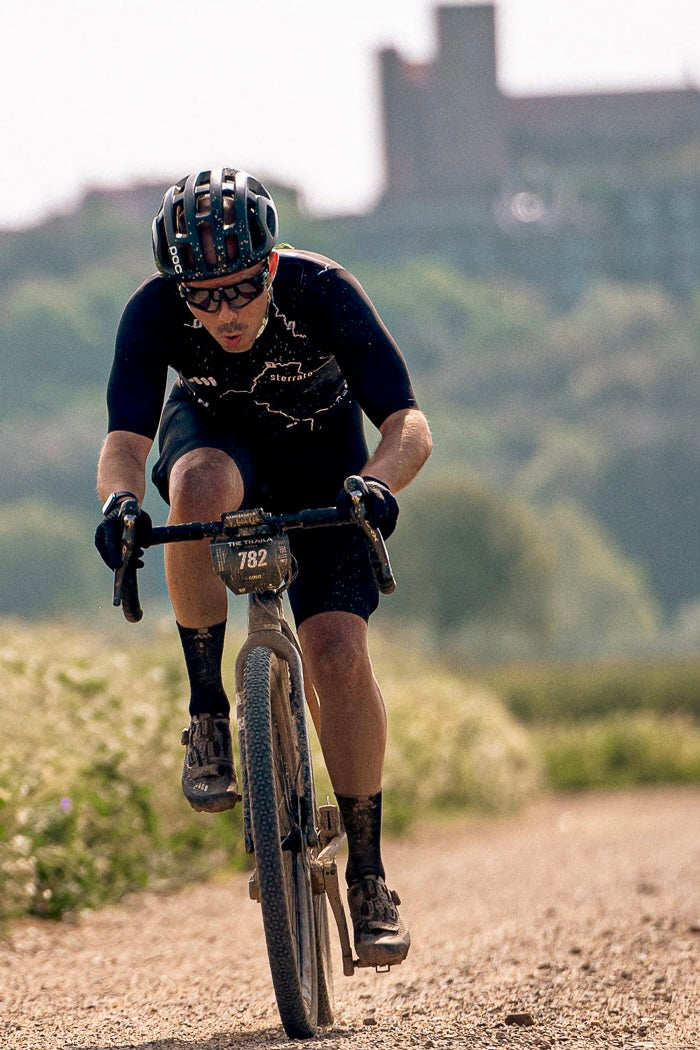How to Restore a Mountain Bike: Bring Your Old Ride Back to Life
Ever looked at your dusty old mountain bike and wondered, “Could I make this ride awesome again?” Good news—you absolutely can. And you don’t need a full rebuild or a mechanic’s degree to do it.
In fact, with a few smart steps and the right gear, you can give your bike a complete refresh—both in looks and performance. We recently brought a beat-up YT Capra back to life, and the results were 🔥. So in this guide, we’ll walk you through how to restore a mountain bike step-by-step, using our process as a real-world example.
If your bike’s been sitting in the corner or feels a little worse for wear, keep reading. You’re about to see what’s possible.
Why Restore Instead of Replace?
Before we dive in, let’s clear this up: you don’t need a brand-new bike to have a great ride.
Bikes are tough. Even if yours is scratched up or a little rusty, most issues can be cleaned up, repaired, or upgraded—often for a fraction of the cost of a new frame. Plus, giving your bike a second life is sustainable, satisfying, and just plain fun.
What We Used: A Real-World Example
We used an old YT Capra as our project bike. It had seen plenty of action—and it showed. Dirty frame, worn grips, scratched-up guards, neglected drivetrain… it was due for some serious love.
🔗 Want to see the full transformation?
Watch the video here:
Step-by-Step: How to Restore a Mountain Bike
Let’s break down the process so you can do the same with your bike, no matter what you ride.
Step 1: Reinflate Your Tires
Start simple. Tires deflate over time—even if you’re not riding.
• Check for cracks or dry rot.
• Inflate to the recommended PSI/BAR on the sidewall.
• If the tires look brittle or worn, consider replacing them.
Why it matters: Properly inflated tires give better grip, smoother rides, and help you avoid pinch flats.
Step 2: Remove Old Gear You Want to Replace
This is your reset moment. Remove anything that’s:
• Worn out
• Damaged
• Just doesn’t spark joy anymore
In our case, that included:
• Old grips (cracked and wornout)
• Previous frame protection
• Old mud guard
Tip: Clean off any leftover adhesive with isopropyl alcohol.
Step 3: Clean the Bike Thoroughly
Next up: give it the love it deserves with a full clean.
You’ll need:
• Soft brushes
• A bike-safe degreaser
• Microfiber towels
Clean the frame, wheels, drivetrain, and any tight corners where dirt builds up.
Pro tip: Pay special attention to the bottom bracket, cassette, and derailleur area. That’s where grime loves to hide.
Step 4: Degrease and Re-Lubricate the Drivetrain
This step is huge. Even if your bike looks clean, an unlubed drivetrain will feel rough and wear out quickly.
• Degrease your chain, cassette, and chainring.
• Dry completely.
• Apply a quality lubricant to the chain.
✨ Launching soon: AMS Miami Blue Lube — designed to keep your drivetrain silent, smooth, and protected.
Stay tuned!
Step 5: Upgrade Key Touchpoints
What do you touch every ride? Your grips, pedals, and saddle.
We installed:
• 🛡️ AMS X Red Bull Rampage Frame Guard & Mud Guard
• ✋ AMS Berm Grips – Rampage Edition
These aren’t just aesthetic upgrades. They’re functional:
• Frame guards prevent scratches and chips
• Mud guards keep you and your bike clean
• Grips give better control and comfort
Step 6: Protect It to Keep It Fresh
After the clean-up and upgrades, it’s time to protect your investment.
AMS frame guards are designed to:
• Keep your frame scratch-free
• Boost resale value
• Add unique style (especially the Red Bull Rampage editions)
Think of this as adding armor to your ride.
Final Results: A Bike That Feels Brand New
The YT Capra went from dusty and dull to fully dialed. With a few hours of hands-on care and smart gear choices, it now looks, feels, and rides like a whole new machine.
You can do the same.
Why This Matters
A bike makeover isn’t just about looks—it’s about confidence. When your bike feels tight, smooth, and yours, it makes every ride better. Plus, restoring instead of replacing is budget-friendly and better for the planet.
FAQs about the topic
What basic tools and supplies do I need to restore my mountain bike at home?
You’ll need a floor pump, soft brushes, bike-safe degreaser, microfiber towels, lubricant (like AMS Miami Blue Lube), isopropyl alcohol for cleaning adhesive residue, and any parts you plan to replace such as grips or frame protectors.
How often should I reinflate my tires when restoring a bike that’s been sitting unused?
If your bike has been sitting for months, check for visible dry rot or cracks. Inflate the tires to the PSI or BAR listed on the sidewall, and inspect them carefully. Replace them if they appear brittle or excessively worn.
Can I keep old components like grips or mudguards during restoration?
Only if they’re in good condition. It’s best to remove anything that’s cracked, worn out, or ugly. Use isopropyl alcohol to clean off any adhesive before installing new components like grips or mudguards.
How do I maintain the drivetrain after cleaning it during restoration?
First degrease the chain, cassette, and chainring thoroughly, then let everything dry completely. Apply a quality lube (like AMS Miami Blue Lube) to the chain. This ensures smooth riding, reduces noise, and extends the drivetrain’s lifespan.













